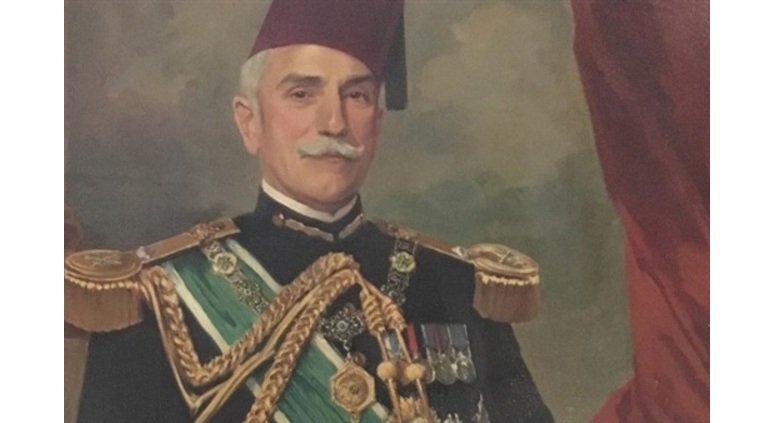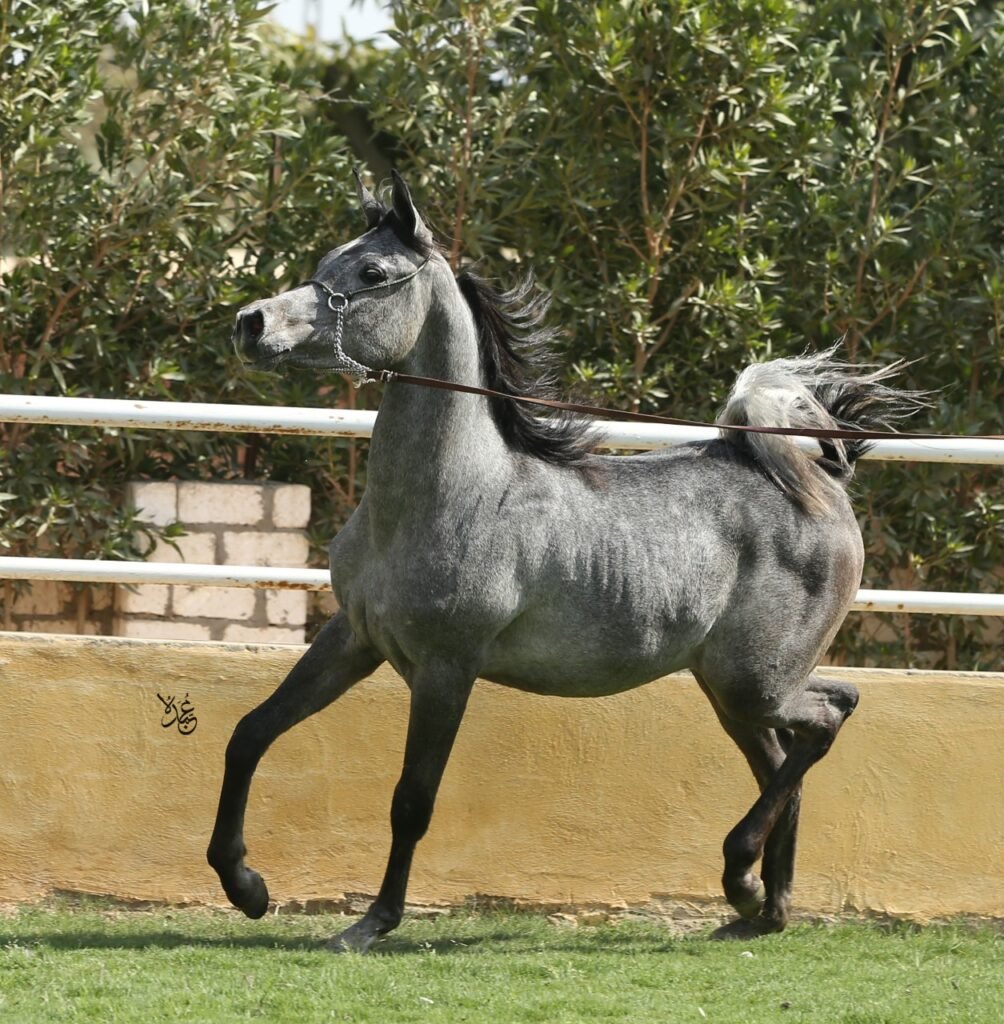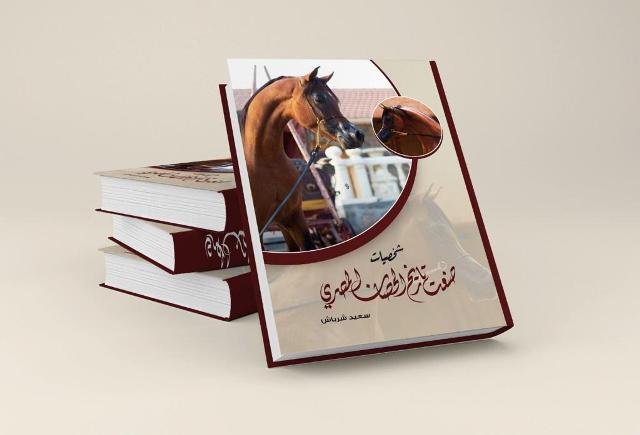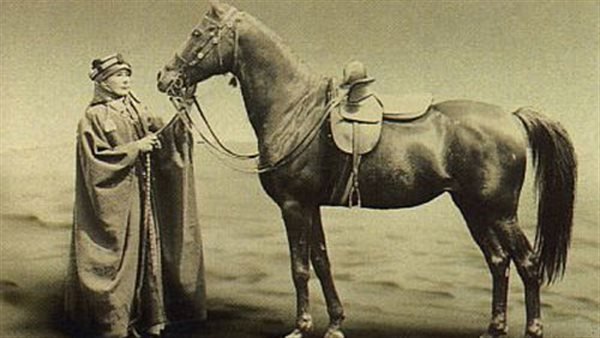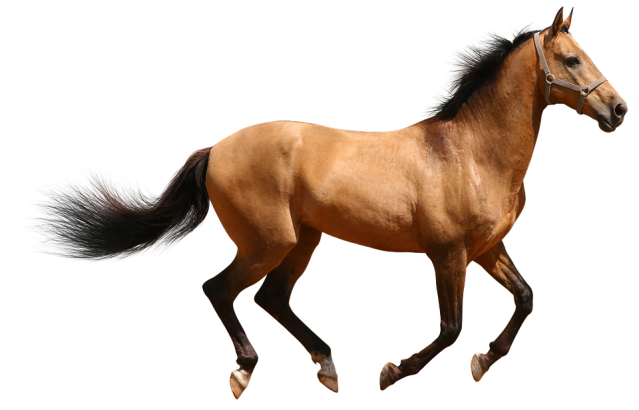Prince Muhammad Ali Tawfiq mentioned the Shubra region in the second chapter of his book “Arab Horse Breeding,” when referring to equestrian games in the Egyptian country (the Jerid game), which was performed by the Kurdish cavalry who were used by princes and princesses as guards on the harem. These skilled knights would accompany the princesses’ chariots on official holidays and in parties, and they would gather in the uncultivated space in Shubra, which was at that time the garden of Egypt, and they would play their games there in the afternoon, but after the occupation the slavery championed, and…
Author: mohamed saleh
The Mamluk state ruled Egypt for approximately 267 years, from 1250 to 1517 AD, yet their power in Egypt did not end with the end of their state, after the Ottoman Sultan Selim I defeated the leader of the Mamluk state Tuman Bay in the Battle of Raydaniyah, but the end of the Mamluks came at the hands of Muhammad Ali in 1811 in the castle massacre. The Mamluk state was interested in horses and knights; Due to the dangers and wars they were facing, their era began with the war against the Tatars and uprooting their roots in the…
Contemplating the history of Egyptian horses, he realizes with certainty that they have found great care and care, unprecedented since the time of the Pharaohs. The first to care about horses was King Ahmose, when he decided to expel the Hyksos from Thebes. He studied the reasons for their military superiority, and found that it lies in the war wheel drawn by three horses. He decided to raise strong horses with high physical structures; Only two horses could pull the chariot and maneuver with it, to be more flexible than the chariot pulled by three horses, and this was the…
Muhammad Ali established a special law for the sale and purchase of horses, and the cases requiring the sale to be terminated. Every defect or disease that necessitated the annulment of the sale became a definitive reason for the invalidity and spoilage of the sale, and the aforementioned diseases were specified by virtue of the law issued on May 20, 1838 AD. (first item) All the diseases and defects indicated below are the reason for the annulment of the sale and the grounds for the lawsuit stipulated in Article 1641 of the Civil Code, in the sale and exchange of…
Prince Muhammad Ali Tawfiq paused for a long time in front of the “stature of the Arabian horses”; To determine the ideal specifications of the horse’s body parts, especially the ears, eyes, forehead, nostrils, tail and neck. He also dealt with the strength of horses, highlighting the advantages of their colors, especially red, white, dark blond, and black. He presented a summary of his experience in the field of horse breeding. He stressed that if the pedigree certificate does not enhance the good looks and beauty of appearance with actual evidence of the quality of the offspring, then it is…
Clot Bey wrote a very important historical testimony, which no one paid attention to, which is that the Egyptian horse surpassed the Arab horse by stages in all specifications of strength and beauty during the era of Muhammad Ali Pasha. Where Clout Bey describes horses in Egypt in his book “An Overview of Egypt” saying: Horses in Egypt are of many types, including the authentic Arab type from Arab countries, the Levantine type used by the Kurdish and Anza tribes, and the type brought from Dongola, where Dongola was famous for the Arab horse. Al-Danglawi, who gave the Holy Prophet…
Professor Dr. Salah El-Din Fathi, head of Al-Zahraa station for breeding purebred Arabian horses, says in the introduction to the book “Persons Who Made the History of the Egyptian Horse.” As I was browsing through the book “Persons Who Made the History of the Egyptian Horse,” I remembered the words of God Almighty, “And say ‘Work, and God will see your work and your foundation’.” .. So I realized that this work is not just a book added to the Arabic library, among the author’s books, but rather that it is a work – in my opinion – that has…
Lady Ann Blunt and her husband founded Crabbet Park-Sussex – England in Sussex, England, and it was called Crabbet Park (Crabbet Farm for Arabian Horses). She was placed in Sheikh Obaid’s stables, then traveled to the Crabbet farm, and they were called Crabbet horses, although they are 100% Egyptian, and all the horses she produced on her farm were called Crabbet horses. The book, Purebred Arabian Horses, authored by Prince A. G. Sherbatov and Count S. A. Stroganov, issued by the King Abdul Aziz Public Library in 1999 A.D., reviewed and edited by Dr. Awad Atta Al-Badi, describes the Crabbet…
The blood of Egyptian horses was renewed with the Islamic conquest of Egypt in the year 21 AH corresponding to 642 AD, as Egypt was a Roman province of the Byzantine state. Amr ibn al-Aas entered Egypt from the Sinai, and headed to Belbeis in the Sharkia Governorate. With the fall of Alexandria, the Islamic era began, and the Coptic majority of Egyptians converted to Islam after the conquest. It was mentioned in the book “The Egyptian Countryside in the Islamic Era” (p. 29) quoting from Al-Maqrizi (Al-Khitat, vol. 1 p. 20) that Amr ibn al-Aas was keen to follow…
Prince Muhammad Ali Tawfiq pointed out in his book “Arab Horse Breeding” that the Coptic King of Egypt had gifted the Prophet, may God’s prayers and peace be upon him, Mrs. Maria and with her the Arabian horse “Al-Donglawi Al-Lazzaz”, and the Egyptian Donglawi horse continued to flourish until the year 300 AH. Al-Zubayri also said in “Taj Al-Arous” (p. 314 and 315) that Al-Lazaz was the mare of the Prophet, may God bless him and grant him peace, named after him because of the intensity of his pleasure and the meeting of his character, and it was he who…







